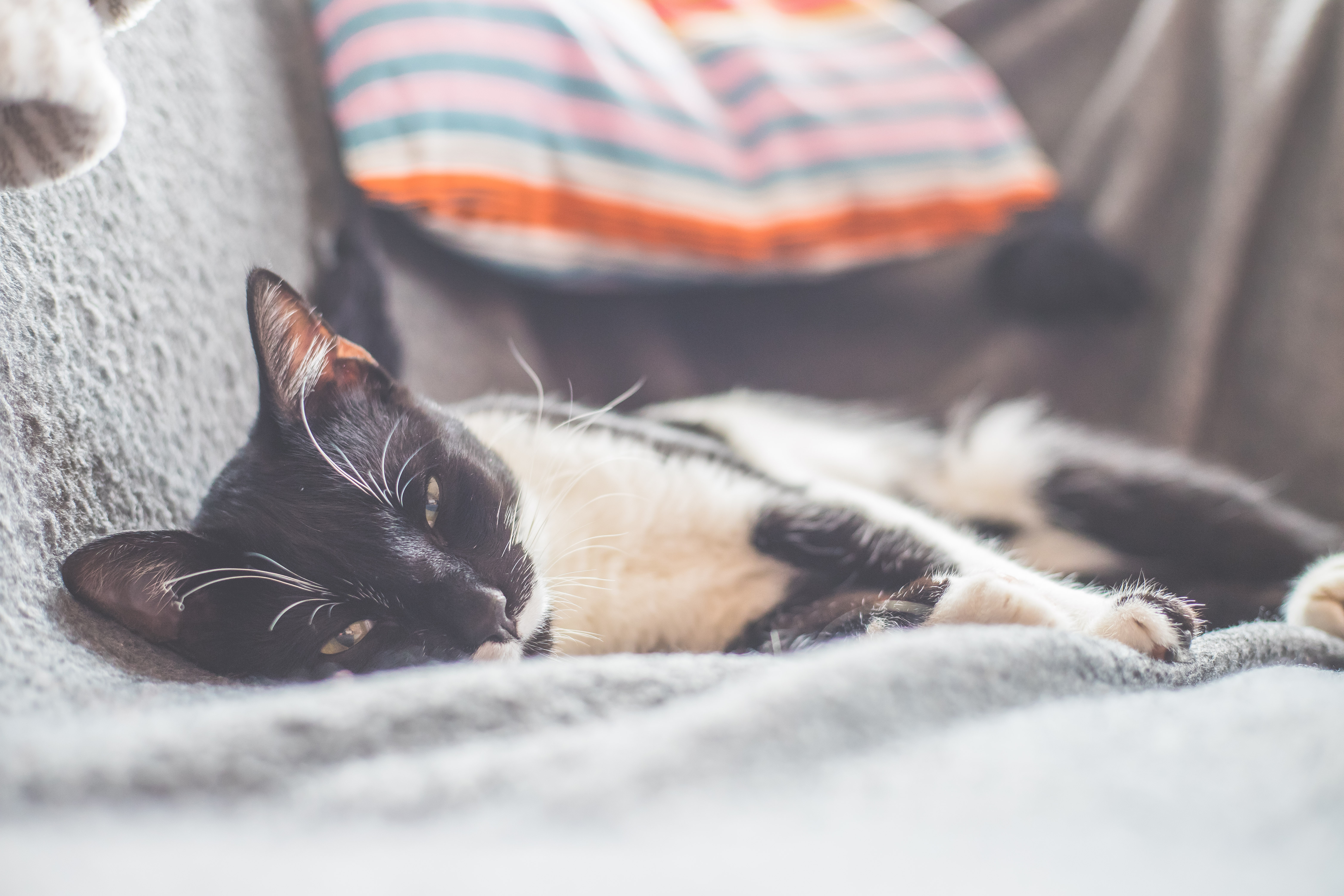Don’t Overlook It: Your Indoor Air Might Be More Polluted Than You Think!
When it comes to air pollution, most people think of traffic smog, industrial zones, or exhaust-filled streets. But the place we trust most – our home – can actually pose even greater risks. Studies show that indoor air can be 2–5 times more polluted than outdoor air, creating an “invisible haze” we breathe in every day without even noticing.
So, what exactly makes indoor air unsafe – and how can you protect the space where your family spends most of their time?
🔍 Hidden Pollutants in Your Home
Unlike outdoor pollution, which you can often see or smell, indoor pollution usually comes from everyday sources. They seem harmless, but over time, they can take a serious toll on your health.
- 🪑 Furniture and building materials
Paint, adhesives, particleboard, carpets, and even some furniture can release volatile organic compounds (VOCs). These gases are colorless and hard to detect, yet they can irritate your eyes, nose, and throat if they build up indoors. - 🍳 Everyday activities
Cooking fumes, cleaning chemicals, scented candles, essential oil diffusers, and cigarette smoke can all release fine particles (PM2.5) and harmful substances. These pollutants can linger in the air for hours, directly affecting your respiratory system. - 🐾 Natural triggers inside your home
Dust mites in bedding, mold spores in damp corners, pet dander, and allergens trapped in rugs or sofas are all common irritants. Plus, outdoor fine dust can easily sneak indoors through cracks, doors, or ventilation systems, worsening indoor air quality.
👉 On their own, these pollutants may not feel too concerning. But when combined in an enclosed space, they create a “toxic haze” that is invisible to the eye but harmful to long-term health.

🌱 Freshening Up Indoor Air: Simple Habits for Lasting Health
Keeping indoor air clean doesn’t have to be complicated. With just a few simple habits, you can make a big difference to your family’s health:
- Ventilate wisely: Open windows in the early morning or after rainfall, when outdoor pollution levels are lower, to let in fresh air naturally.
- Control humidity: Keep humidity between 40–60% to reduce mold, bacteria growth, and stuffiness.
- Choose safer products: Opt for low-VOC paint, natural cleaning products, and unscented candles to reduce chemical emissions.
- Use a high-performance air purifier: This is the most comprehensive solution to remove fine dust, bacteria, toxic gases, and odors — pollutants that other measures can’t fully tackle.

💡 IQAir: Bringing Pure Air into Your Home
IQAir goes beyond standard filtration. With our HyperHEPA® technology, our air purifiers capture ultrafine particles as small as 0.003 microns — 100 times smaller than what conventional HEPA filters can catch. With IQAir, your home isn’t just a place to relax. It becomes a safe haven where every breath is clean, supporting your health and well-being.
Don’t let the “invisible haze” put your family’s health at risk. With IQAir, you can transform your living space into a sanctuary that is safe, comfortable, and refreshingly pure — so every breath you take at home truly counts. 🌟

